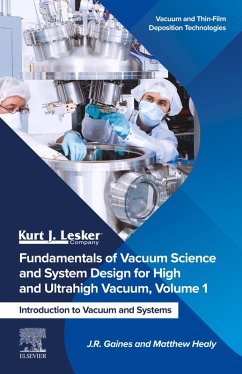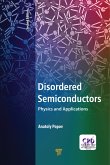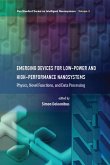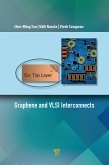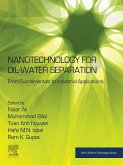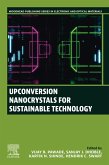Fundamentals of Vacuum Science and System Design for High and Ultrahigh Vacuum, Volume 1: Introduction to Vacuum and Systems details the important practical considerations in design of vacuum systems for various vacuum deposition technologies. Topics covered include an introduction to vacuum and end-uses, molecular density in vacuum, molecular flow in various vacuum regimes, characteristics of gas composition at various molecular densities, general principles of gas-solid interactions, vacuum pump technology, pressure sensors, leak detection, and the impact of fundamental design decisions and operating practices on vacuum system performance.The introductory sections are designed to introduce the reader to basic concepts in vacuum technology. More detailed sections provide fundamental descriptions of basic vacuum pumps and pumping mechanisms in current practice and provides insight into the various pros and cons for each approach. System design, assembly, maintenance, and trouble-shooting are reviewed in detail.The book also describes a wide range of pressure measurement approaches, and includes several key characterization techniques, example applications on systems for rough vacuum, high vacuum and ultrahigh vacuum, as well as trade-offs in system design. These perspectives will allow the reader to develop an understanding of all the elements required for a successfully designed, assembled, and operating system. - Covers vacuum pump technology, taking a system from atmosphere down to high or ultra-high vacuum - Discusses the fundamental descriptions of vacuum pumps and pumping mechanisms in current practice and provides insight into the various pros and cons for each approach - Provides an overview of practical vacuum system operating techniques that will ensure optimal performance and troubleshooting methods to identify system deficiencies
Dieser Download kann aus rechtlichen Gründen nur mit Rechnungsadresse in A, B, BG, CY, CZ, D, DK, EW, E, FIN, F, GR, HR, H, IRL, I, LT, L, LR, M, NL, PL, P, R, S, SLO, SK ausgeliefert werden.
Hinweis: Dieser Artikel kann nur an eine deutsche Lieferadresse ausgeliefert werden.

